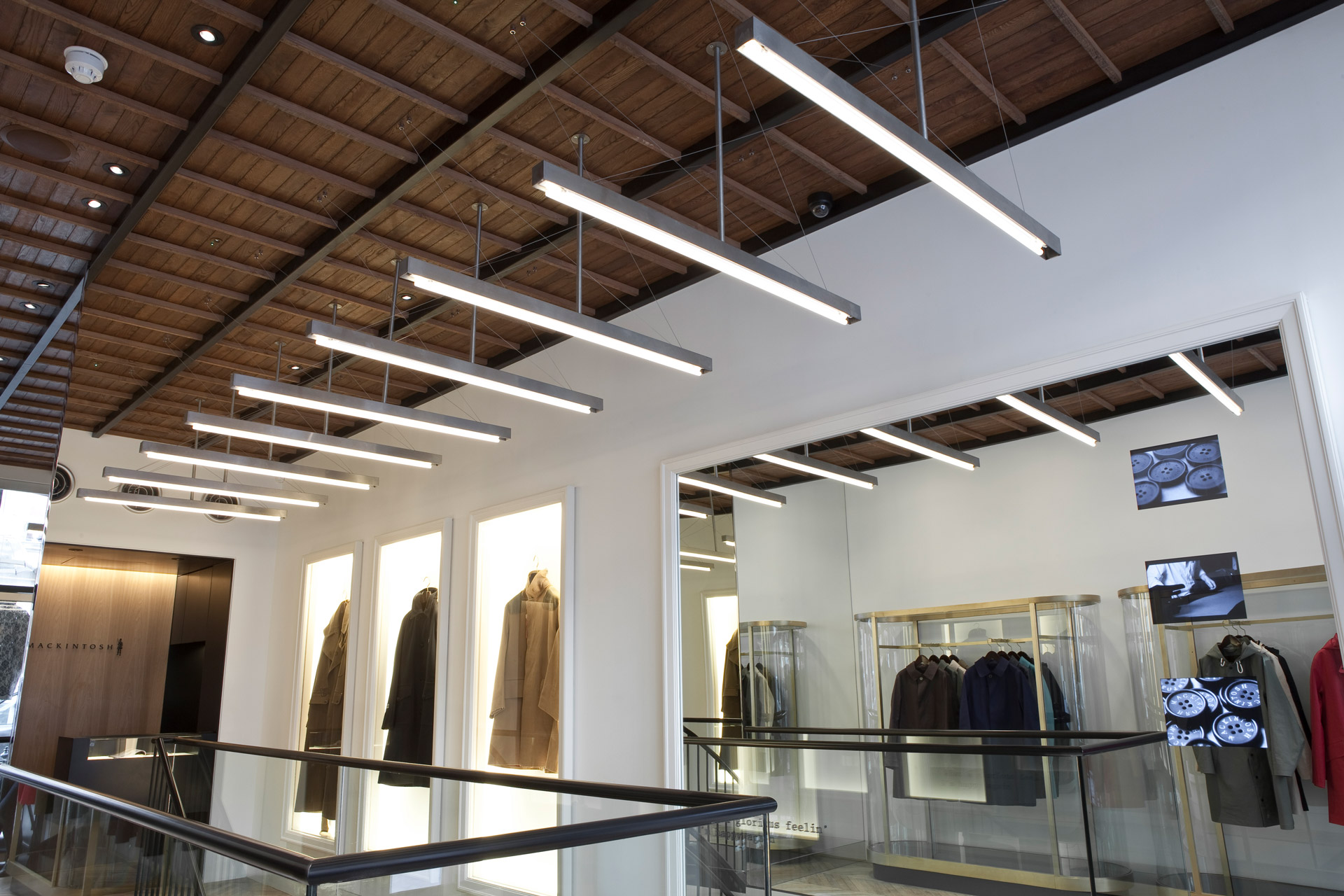Within the competitive world of commerce, the way a store looks and seems can greatly influence its success. A well-executed retail fit-out is essential for establishing an environment that not only draws in customers but also elevates their shopping experience. Understanding the principles of color psychology can be a game changer in this regard, shaping everything from customer emotion to purchasing behavior. As retailers seek to make their mark, picking the right colors and materials is an important part of the design process.
This article will explore the various elements that contribute to effective retail fit-outs, navigating you through the value of intentional design, from idea to execution. We will cover how a compelling store layout, strategic use of lighting, and thoughtful color selection can not only enhance your brand but also drive sales and encourage customer engagement. If you are planning a complete renovation or simply looking to revitalize your space, our thorough approach will ensure you take informed decisions that benefit your business in the end.
Understanding Retail Space Design
A commercial fit-out denotes the method of designing and equipping a commercial space to guarantee it satisfies the operational and aesthetic needs of a company. This entails everything from the configuration of the store to the choice of furniture, fixtures, and color choices. The aim is to create an environment that boosts the shopping experience and matches with the business's identity. By intentionally planning each component of the fit-out, retailers can foster customer engagement and encourage purchases.
The significance of a retail fit-out cannot be overstated. It not only impacts the overall customer experience but also has a vital role in branding and marketing. A well-executed fit-out can create a noteworthy first experience, making it necessary for businesses striving to stand out in a challenging market. Additionally, a professional fit-out can optimize space and improve operational efficiency, leading to increased sales and customer satisfaction.
In past years, commercial fit-out trends have progressed, placing more emphasis on eco-friendliness and tech solutions. From sustainable materials to smart technology solutions, modern fit-outs are designed with the future in mind. As retailers adapt to changing consumer preferences, understanding the nuances of retail fit-outs becomes crucial for prosperity. By utilizing creative design strategies, companies can create spaces that not only attract customers but also adapt to the ever-changing commercial landscape. ### Creating a Successful Design
A carefully crafted store layout establishes the groundwork for a flourishing commercial ecosystem. The key to achieving this success lies in understanding the wants and needs of shoppers while designing the environment. This requires developing a configuration that fosters discovery and involvement, carefully positioning products, and facilitating efficient movement. By examining how customers interact with products, retailers can develop an area that optimizes convenience and encourages purchase decisions.
Color psychology plays a crucial role in retail design, affecting the emotional response of customers. Choosing the best colors can inspire emotions that range from eagerness to tranquility, which influences customers' perceptions of the brand and their overall shopping journey. For instance, bright hues like crimson and tangerine can stimulate impulse purchases, while calm tones like blue and green can foster an environment of serenity and confidence. By choosing https://telegra.ph/The-Future-of-Consumer-Buying-Transforming-Store-Design-Approaches-02-15 that resonate with brand identity and customer expectations, retailers can create an inviting atmosphere that enhances customer satisfaction.
Moreover, incorporating branding into the fit-out design is essential for establishing a seamless retail narrative. This comprises the use of emblems, design motifs, and color combinations that reflect the principles and goals of the brand. A singular and unified brand identity not only bolsters brand recognition but also fosters customer loyalty. By coordinating all components of the space, from displays to signage, with the brand's identity, retailers can build a meaningful relationship with their shoppers and encourage repeat visits.
Financial Planning and Sustainability
Budgeting for a retail fit-out can be difficult, especially when aiming to incorporate eco-friendly practices. It's essential to begin by determining your total budget and setting aside funds for sustainable materials and practices. While initial costs for green options may be more expensive, they often lead to future savings through lowered energy consumption and lower maintenance costs. Prioritizing sustainability can improve your brand's image and appeal to eco-aware consumers, making it a valuable investment.

To keep costs under control, consider choosing local suppliers for eco-friendly materials to lower transportation expenses and carbon footprints. Additionally, integrating smart technology can improve energy usage, further decreasing operational costs. Evaluating this content , such as green loans or grants for sustainable initiatives, can also alleviate budget constraints and provide financial support for sustainable improvements in your store.
Finally, setting a clear vision for sustainability within your fit-out can help guide your choices throughout the process. Consistently revisiting your budget, ensuring you stay on track while accommodating new and sustainable practices, can lead to a favorable fit-out that not only meets your financial goals but also is consistent with a commitment to sustainability. This approach will connect with clients and build trust, making your business more resilient in a challenging market.
